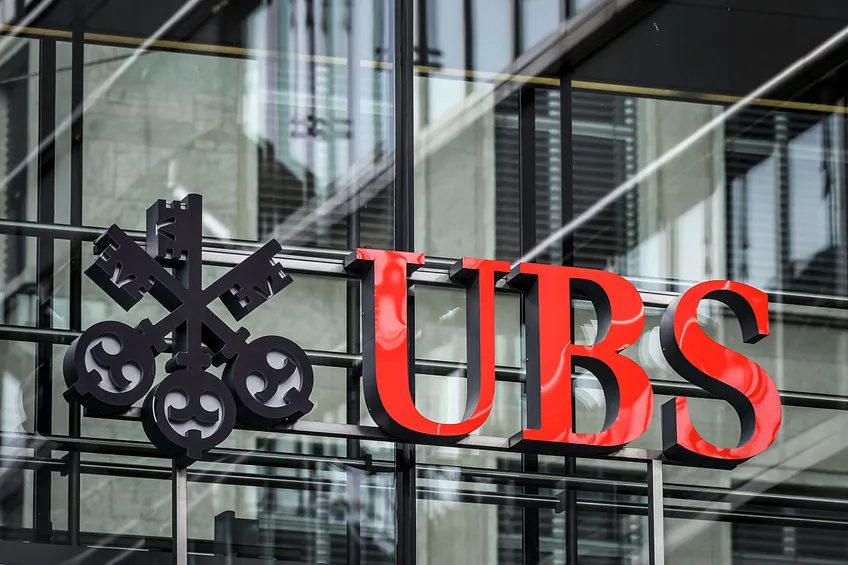If you think we missed any important news, please do not hesitate to contact us at news@pe-insights.com.


The talks, which occurred shortly before former President Donald Trump’s anticipated second inauguration, focused on expanding private equity inclusion in default retirement investment options.
Currently, fewer than 10% of 401(k) plans offer exposure to alternatives, with private equity accounting for just 2.4% of plans, according to the American Retirement Association. Industry leaders view the current political climate—especially under potential Republican control of Congress and the White House—as a window of opportunity to shift this landscape.
Senators Tim Scott and Bill Cassidy, chairs of the Senate Banking and HELP committees respectively, have signalled openness to exploring regulatory reform. Their efforts follow a foundation laid by former Senator Pat Toomey, now a board member at Apollo Global Management, who advocated for legal clarity on private equity’s inclusion in retirement plans.
Private equity managers are also lobbying the SEC to raise the 15% limit on illiquid assets in mutual funds. If revised, this rule change could allow greater allocations to private equity in target-date funds—an increasingly common default in 401(k) plans.
The push into the retirement sector aligns with broader industry trends as private equity firms seek to diversify their capital base amid slower fundraising from traditional pensions and limited partners. Bain & Co projects that retail investors could represent 22% of global private equity assets under management by 2032, up from 16% in 2022.
If you think we missed any important news, please do not hesitate to contact us at news@pe-insights.com.